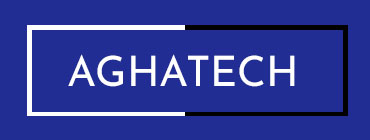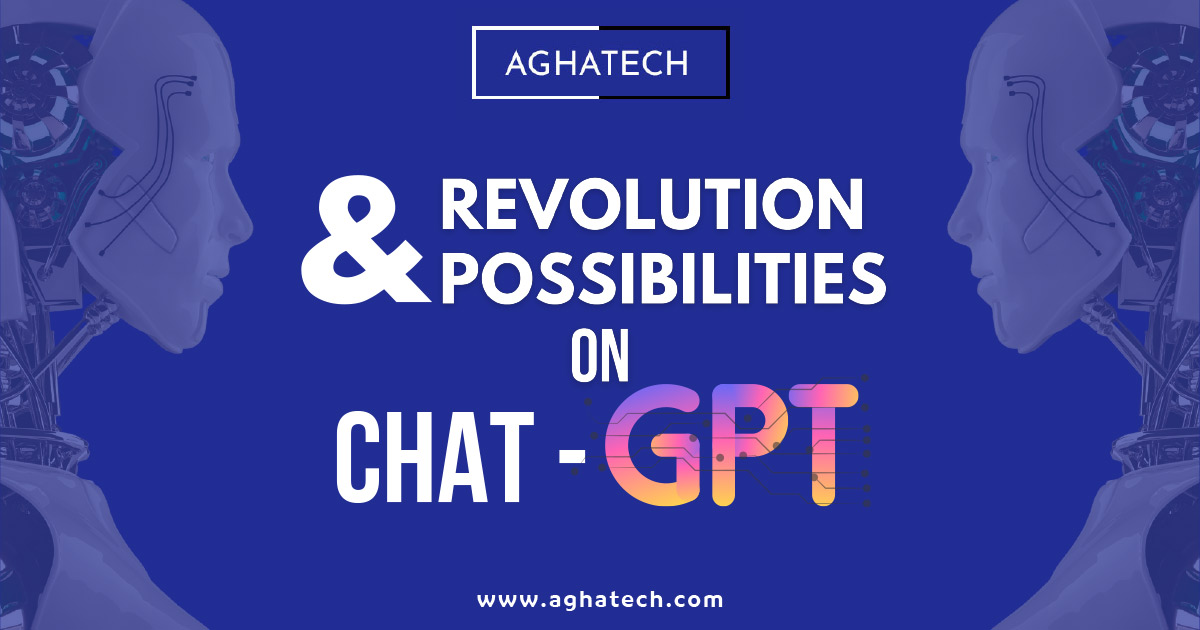Welcome to the future of AI that can talk to people! Meet Chat GPT-4, the newest and most advanced language model that will change how we talk to machines. Chat GPT-4 makes creating chatbots and virtual assistants more engaging and intelligent because they can understand natural language and respond in a human-like way. Get ready to learn about the exciting world of Chat GPT-4 and find out how this technology can change the way we live, work, and use technology.
The creators of the popular chatbot ChatGPT, OpenAI, have released a new version of their software called GPT-4. The San Francisco artificial intelligence lab launched by Elon Musk and Sam Altman in 2015 said in a forum post that the latest release of its technology is multidimensional, meaning that it can receive both image and text data and output both text and image outputs. The firm’s model is “more innovative and interactive than ever before” and “can handle tough issues with better precision.” It understands both language and images but can only communicate in writing. However, OpenAI also warns that the systems have the same shortcomings as previous language models, such as a propensity to invent data and the ability to write violent and damaging content.
The following article will discuss how ChatGpt-4 differs from the previous versions and what the future holds for GPT-4.
Table of Contents
What is Chat GPT?
The acronym GPT refers to a specific type of large language model (LLM) neural network that can perform a wide range of natural language processing tasks. These include but are not limited to question answering, text summarization, and even the generation of lines of code. LLMs use deep learning to generate text that appears to have been written by a human. Simply put, the AI chatbot app ChatGPT leverages the language models from GPT-3 and GPT-4 to converse with users. You can compare GPT-3 or GPT-4 to the car’s engine in the case of ChatGPT.
How is ChatGpt-4 Different from its root version?
Instead of using GPT-3, you should use GPT-4. As of its March 14 release, OpenAI claims the newest version can interpret up to 25,000 words, or nearly eight times as many as GPT-3, graphics, and significantly more sophisticated instructions. OpenAI noted in a study blog post that the differences between GPT-4 and its precursor GPT-3.5 are minimal in everyday discourse. For all its potential, OpenAI Founder Sam Altman stated that GPT-4 is faulty and still constrained but seems more remarkable at first glance than it does after you use it.
Within the first few hours of GPT-4’s release, people have already developed several novel applications for the platform. The Uniform Bar Exam, the Law School Admissions Test (LSAT), the Scholastic Aptitude Test (SAT) Math Section, and the SAT Evidence-Based Reading & Writing Section. These are just some of the tests and benchmarks the company claims demonstrate the system’s improved performance with GPT-4. In the tests, GPT-4 performed at or above the 88th percentile. “GPT-4 thrives at assignments requiring advanced reasoning, complicated instruction interpretation, and more inventiveness,” as stated by OpenAI.
Unleashing the Power of Chat GPT-4: A Comprehensive Guide
As we look at the amazing things Chat GPT-4 can do, it’s important to remember that this technology isn’t just about making better chatbots or virtual assistants. It could change how we live and work and even change industries. Imagine a world where you can talk to your devices naturally and easily. Where language is no longer a barrier to communication and where it’s easy to automate complex tasks. It is the kind of world that Chat GPT-4 helps to make. So, you want to improve the customer experience, make your business run more smoothly, or stay ahead of the curve. In that case, you must recognize Chat GPT-4. Join us on this trip as we explore how Chat GPT-4 can be used and discover how it can help shape the future of AI that can talk to people.
Provide visual descriptions and create meal plans.
With GPT-4’s multimodal capability, users may submit photographs of materials. These may include flour, butter, eggs, and milk; the system will suggest recipes. Nevertheless, this functionality is not currently available to GPT-4 subscribers.
The art of video game programming.
Users on Twitter showed how they could use GPT-4 to create full video games in their browsers in a matter of minutes. See here for an example of how a user unfamiliar with JavaScript could create a working version of the classic online game Snake.
Novel writing
GPT-4’s sophisticated language production capabilities allow it to craft intricate narratives full of twists and turns and fully realized characters.
More precision
GPT-4 is remarkably realistic in its ability to mimic human discourse. Chris Nicholson, an artificial intelligence expert and partner at Page One Ventures, used GPT-4. He told the bot that he spoke only English and knew no Spanish. He asked for a course outline that would get him up to speed. The bot obliged with one that was both comprehensive and well-structured. Furthermore, it offered a variety of strategies for learning and memorizing Spanish vocabulary. However, previous GPT versions could have been more helpful and accurate.
Translate languages.
The instantaneous translation capabilities of GPT-4 make it possible for people from different cultural backgrounds and geographic locations to communicate effectively.
Stock market trends
GPT-4’s superior data processing skills allow it to accurately anticipate movements in the stock market.
Virtual worlds
Generate life-like simulated settings for use in gaming and virtual reality. You can do this with GPT-4’s ability to affect physical properties such as light, sound, and gravity.
Analyze Medical illness diagnoses and marketing material.
GPT-4 has a high degree of accuracy in making diagnoses and prognoses across a wide range of medical illnesses. It can also generate audience-specific marketing material. It does so by analyzing consumer data, one of GPT-4’s strong suits.
Write legal documents.
You can generate legal documents with pinpoint precision and lightning speed. You can do this using GPT-4’s superior language generation capabilities.
More effort is required to fool GPT-4.
While modern chatbots have improved in many ways, they are still readily fooled. Groups of people have worked together to create “jailbreak” prompts that swiftly release ChatGPT and similar services. In contrast, GPT-4 knows a large corpus of harmful prompts, which users generously provided OpenAI with over a year and a half. For these reasons, the new model dramatically improves upon its forerunners in “truthfulness, steerability, and refusal to wander outside of safety barriers.”
With some convincing, you can get the model to say some truly bizarre and unsettling things by making it seem like it’s just explaining what a “poor AI” would do.
OpenAI used the lessons learned during the “test run” of the new training architecture to create the “unprecedentedly stable” new version. Moreover, they needed to be more confident in foretelling their capabilities, resulting in fewer unanticipated outcomes.
GPT-4 is superior in memory length.
While these massive language models may have been “taught” to understand millions of words from websites, books, and other text material, they have a limited “memory” when interacting with a human user. For this reason, it would lose track of events that occurred so far “back” in the attention function that it essentially forgot about them. The previous version of ChatGPT set a limit of 4,096 tokens, equivalent to about 8,000 words or about four or five pages of a book. If you’re curious why the highest limit of tokens in GPT-4 looks familiar, it’s because it’s 2-15. That’s enough material for a full-length play or a lengthy short tale, roughly 64,000 words or 50 pages.
It is a simplified explanation of the attention mechanism and token count. It implies it can remember roughly 50 pages of text, which is helpful for both conversation and content generation. It can recall conversations from as far back as 20 chat pages or 35 pages in an essay or tale. But it conveys the essential idea of increased memory capacity and its advantages.
The GPT-4 may take on a variety of “personalities.”
Artificial intelligence’s ability to “steer” or alter behaviour in response to external input is an intriguing notion. It is beneficial in certain situations, such as when the model is a sympathetic listener. In others, such as when the model is convinced that it is terrible or despondent, this can have disastrous results. With GPT-4, steerability is built in from the ground up. Users may alter the “traditional ChatGPT personality with a set verbosity, tone, and style” to something more suitable.
The changes between GPT-4 and its ancestors are many. In most cases, they involve finer points of implementation or technical detail. As the months go and more people put the latest language model to work, we will learn more. The potential of GPT-4 is practically limitless. It’s thrilling to contemplate the revolutionary new technologies and discoveries emerging as artificial intelligence develops.
If you want to use GPT-4, how do you get in?
ChatGPT is best learned by going to the website chat.openai.com. Sign up for a free account if you want to use GPT-3. Subscribers of ChatGPT Plus, which grants users access to GPT-4, pay $20 per month. The maximum number of messages you can send per four hours on GPT-4 is currently 100.
Challenges and What’s Next for GPT-4?
As was foreseen, the widespread availability of these AI language models has brought many difficulties. Prior versions of AI writing tools in news reporting have been bumpy at best, and the education system is still adjusting to the presence of software that writes reputable college papers. Online platforms like Stack Overflow and the science fiction magazine Clarkesworld have closed proposals because of a flood of AI-generated content. Nonetheless, many maintain that the negative impacts have been milder than feared. OpenAI noted that GPT-4 had completed six months of safety procedures and that in functional testing, it was “82 per cent less likely to reply to queries for banned content and 40 per cent better to deliver accurate answers than GPT-3.5.”
That doesn’t mean it never makes mistakes or produces dangerous material. By way of illustration, Microsoft admitted that its Bing chatbot was fuelled by GPT-4 right from the beginning. Several users found inventive ways to bypass Bing’s safeguards, prompting the bot to provide potentially harmful advice, threaten users, and invent information. The events “that happened after a large number of its data shuts off” in September 2021 are also unknown to GPT-4.
Conclusion
Ultimately, Chat GPT-4 is a potent tool for changing how conversational AI works. Its ability to understand natural language and make responses that sound like they came from a person could change how we interact with machines and make them easier to use. Chat GPT-4 isn’t just about making better chatbots or virtual assistants, as this detailed guide shows. It can change how we live and work as well as whole industries. As developers, business owners, or just curious people, staying ahead of the curve and taking advantage of what Chat GPT-4 offers is essential. By learning the basics of conversational AI and how to use the power of Chat GPT-4, we can make experiences for ourselves and our customers that are more efficient, interesting, and smart.
So, let’s keep learning more about Chat GPT-4 and how it can help us shape the future of conversational AI. With Chat GPT-4, the sky is the limit because there are so many options and things it can do.


